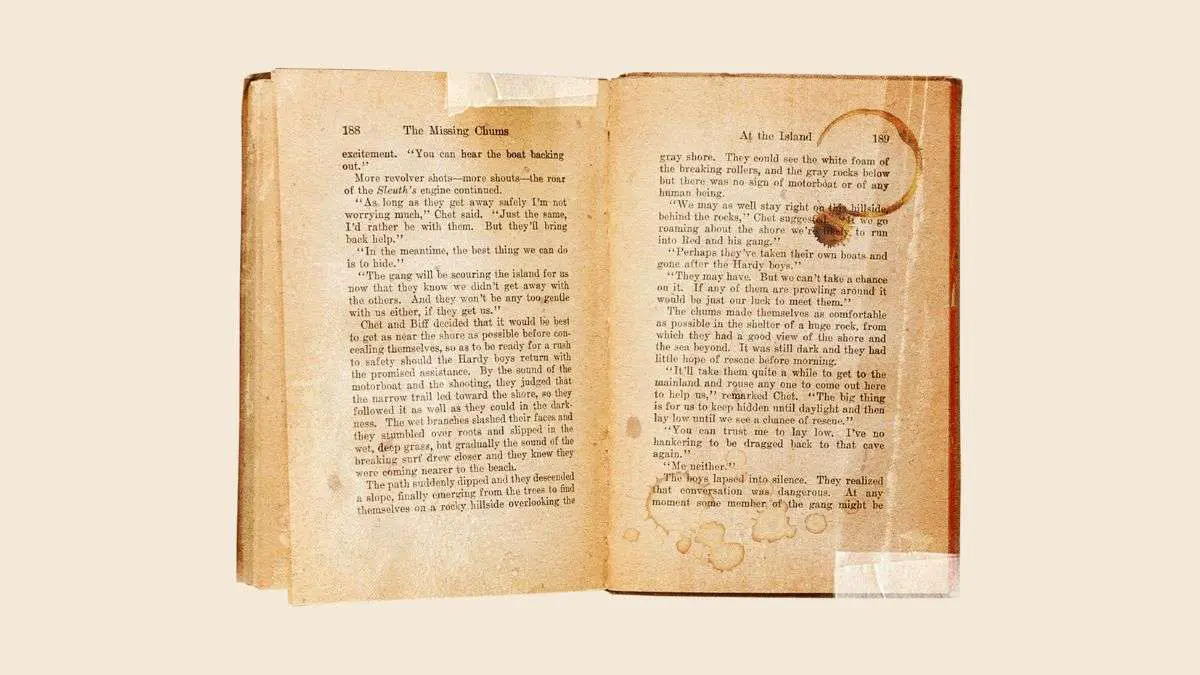Table of Contents
- Introduction
- The Origins and Early History of Self-publishing
- How Self-publishing Evolves
- Empowering Authors Today
- Conclusion
Introduction
The write-up unearths a short history of self-publishing. Self-publishing refers to the process where an author or creator independently publishes their work without the involvement of a traditional publishing house.
Self-publishing involves preparing, producing, and distributing the work, including editing, formatting, designing the book cover, and marketing. Authors can use various platforms and services, both digital and print, to make their work available to readers without relying on a traditional publishing company.
In today’s digital landscape, self-publishing has grown enormously in significance by empowering authors to share their creative works more efficiently with a global audience. With the rise of ebooks, print-on-demand technology, and online retail platforms, the opportunities for self-published authors are more significant than ever. Delving into the history of self-publishing will give us a better appreciation of the past in planning the future.
The Growth of Self-publishing
Self-publishing has become an increasingly popular route for authors in recent years. Reasons for this growth include:
- New technologies like print-on-demand and ebooks that make self-publishing faster, cheaper, and easier
- The ability to reach readers directly and retain complete creative control and rights over one’s work
- Higher royalty percentages compared to traditional publishing deals
As a result, self-publishing now accounts for a significant portion of the book market, providing more opportunities for authors to get their work discovered.
Opportunities in Self-publishing
Self-publishing has seen rapid growth recently, thanks to the expanding digital landscape. Some key opportunities that exist today for self-published authors include:
- Access to global retail platforms like Amazon, Apple Books, and Google Play for distribution
- Ability to publish both digital and print formats easily
- Tools for marketing directly to niche readerships via social media
- Increased prospects of recognition through bestseller lists, awards, and mainstream success stories
- Higher-income potential by earning up to 70% royalties on sales
As technology evolves, it’s an exciting time to be an author with more possibilities than ever to share one’s writing on one’s ter
The rich history of self-publishing dates back centuries. Long before the Internet democratized publishing, authors found inventive ways to produce and distribute their own written works. From ancient Greek philosophers to suffragettes and counterculture writers, self-publishing has allowed unique voices that may have otherwise gone unnoticed to be heard.
We will delve into this fascinating evolution and history of self-publishing. We’ll explore the innovative techniques authors have used to take control of their literary destinies, the technologies that helped books reach wider audiences, and the many acclaimed self-published works that left an indelible cultural impact. The intriguing history of self-publishing reveals the creative spirit of writers seeking independence and the empowering potential of taking one’s career into one’s own hands.
The Origins and Early History of Self-publishing
Self-publishing has deeper roots than many realize, dating back thousands of years to when stories and information were verbally shared directly between people. As civilizations developed writing systems, self-publishing emerged as authors distributed their manuscripts. However, the time and resources needed to produce copies manually greatly limited the reach.
The Printing Press Transforming the Publishing Industry
This changed dramatically with Johannes Gutenberg’s introduction of the movable type printing press in the mid-1400s. Written works could be mass-produced and distributed on a much broader scale. Self-published pamphlets and books helped spread revolutionary ideas during the Protestant Reformation. Over the following centuries, self-publishing further democratized access to information.
Influential Self-published Works
Many iconic literary works were originally self-published. These include Walt Whitman’s famous poetry collection Leaves of Grass, first printed in 1855, and Beatrix Potter’s The Tale of Peter Rabbit, which she initially released in 1901 after struggling to find a publisher. Such stories reveal how self-publishing allows unique voices to reach the public despite traditional publishing norms. This legacy continues today.
How Self-publishing Evolves
Self-publishing has undergone a remarkable evolution over the past few decades. The self-publishing landscape has transformed dramatically with new technologies and shifting reader preferences.
The Rise of Print-on-demand and Ebooks
In the 1990s and early 2000s, print-on-demand technology allowed self-published authors to print copies of their books only when ordered, removing the need for enormous upfront printing costs. Similarly, the emergence of ebooks and reading devices like the Kindle made digital self-publishing much more accessible.
These innovations meant that self-publishing no longer required using a “vanity press,” which often involved paying significant fees for editing, design, printing, and distribution. Now, authors can self-publish high-quality work more affordably.
The Platform Revolution
The 2000s saw the rise of self-publishing platforms like Lulu and CreateSpace. These sites streamlined the self-publishing process by providing free tools for editing, design, publishing, distribution, and sales.
Most significantly, the launch of Kindle Direct Publishing in 2007 allowed self-published ebooks to be sold on Amazon alongside traditionally published titles. The playing field was genuinely leveled between big publishers and indie authors.
Implications for the Publishing Industry
As self-publishing has grown easier and more widespread, power dynamics in the industry have shifted. Successful self-published works like The Martian and Fifty Shades of Grey have landed lucrative traditional publishing deals after proving their commercial viability.

Additionally, self-publishing has enabled niche genres to flourish since authors can cater to specific audiences more freely. This has spurred innovation in the kinds of books being published.
With these evolving models, the lines between self-publishing and traditional publishing continue to blur. Ultimately, this competition benefits readers by expanding the variety of books available.
Empowering Authors Today
Self-publishing has come a long way in recent years. With the rise of ebooks and print-on-demand technology, it’s easier than ever for authors to publish their work without relying on traditional publishing houses. This hugely empowering impact has allowed authors to retain complete creative control while keeping a larger share of royalties.
The Democratization of Publishing
Today’s self-publishing landscape provides unprecedented access and flexibility. Platforms like Amazon Kindle Direct Publishing and IngramSpark make it simple to produce professional-quality books. Social media also enables authors to connect with readers directly. Overall, these innovations have helped democratize publishing.
Higher Earnings Potential
Self-published authors typically earn significantly higher royalties of up to 70%, compared to around 12-15% from traditional publishers. While predicting sales volume is more complex, the potential upside is far more significant. Self-publishing also provides access to valuable reader data to help guide marketing efforts.
Mainstream Success Stories
Many self-published authors have become bonafide bestsellers, showing that mainstream success is possible. Notable examples include:
- Andy Weir – His sci-fi novel The Martian was initially self-published before getting picked up by a significant publisher and adapted into a hit movie.
- Amanda Hocking sold over 2 million self-published ebooks and earned a sizeable traditional publishing deal.
- EL James – Her smash hit Fifty Shades of Grey began as Twilight fan fiction before becoming a global phenomenon.
These success stories demonstrate that self-publishing can be a viable route to mainstream recognition and inspire aspiring authors everywhere.
Conclusion
The history of self-publishing is a fascinating story of authors taking control of their creative works. From ancient scribes to the printing press revolution, self-publishing has empowered writers to share their ideas without gatekeepers. As technology has evolved, self-publishing has become even more accessible and viable.
Today, self-publishing offers unprecedented opportunities for authors. By retaining creative control and earning higher royalties, writers can build their readership and potentially achieve mainstream success. While traditional publishing still plays an important role, self-publishing puts the power directly in the hands of authors.
In closing, self-publishing has come a long way throughout history while maintaining the same empowering spirit for writers. Aspiring authors now have tremendous freedom to share their literary works directly with readers worldwide.

1 thought on “A Short History of Self-publishing”